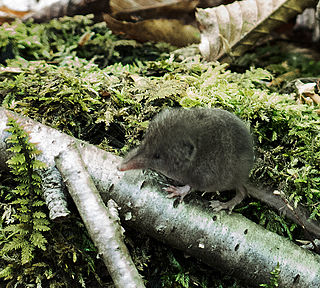
The North American least shrew is one of the smallest mammals, growing to be only up to 3 inches long. It has a long pointed snout and a tail never more than twice the length of its hind foot. The dense fur coat is either grayish-brown or reddish-brown with a white belly. Its fur becomes lighter in the summer and darker in the winter. Although similar in appearance to several species of rodents, all shrews are members of the order Eulipotyphla and should not be mistaken for a member of the order Rodentia. The North American least shrew's eyes are small and its ears are completely concealed within its short fur, giving it very poor eyesight and hearing.

The genus Cryptotis is a group of relatively small shrews with short ears, which are usually not visible, and short tails, commonly called small-eared shrews. They have 30 teeth and are members of the red-toothed shrew subfamily. Since 1992, Neal Woodman at the United States National Museum has been in the process of revising the genus. To date, this has resulted in an increase in the number of species from 12 to 30.

The tropical small-eared shrew is a very small mammal of the family Soricidae. The species is found in the eastern highlands of the Mexican state of Chiapas and parts of Belize and Guatemala. Until recently, it was considered a subspecies of the North American least shrew, but it has gained species status. Its relationship with the Central American least shrew remains to be studied.
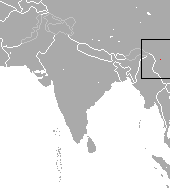
The pygmy brown-toothed shrew is a species of shrew in the order Eulipotyphla. It is distributed in China. C. parva was initially thought to be the same as Chodsigoa lamula, but it was found to be a separate species.

Ergalataxinae is a taxonomic subfamily of small to medium-sized predatory sea snails, marine gastropod mollusks within the family Muricidae, the rock snails. In this subfamily, the aragonitic shell has 0–2 varices.
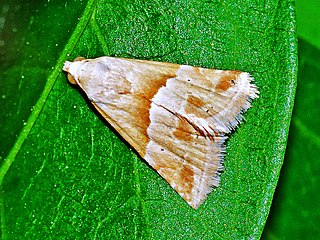
Eublemma parva, the small marbled, is a moth of the family Erebidae. The species was first described by Jacob Hübner in 1808.
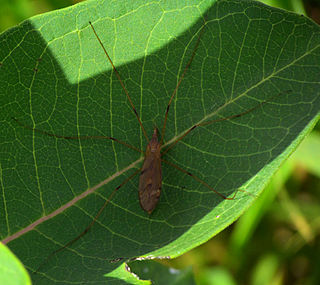
Eriopterini is a tribe of limoniid crane flies in the family Limoniidae. There are more than 20 genera and 3,800 described species in Eriopterini.
Erioptera distincta is a species of limoniid crane fly in the family Limoniidae.
Olcella parva, the chloropid fly, is a species of frit fly in the family Chloropidae.
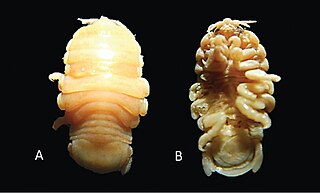
Elthusa is a genus of isopods in the family Cymothoidae, with 40 described species.
Dubiraphia parva, the little dubiraphian riffle beetle, is a species of riffle beetle in the family Elmidae. It is found in North America.
Brochymena parva is a species of stink bug in the family Pentatomidae. It is found in Central America and North America.
Erioptera venusta is a species of limoniid crane fly in the family Limoniidae.
Stenelmis parva is a species of riffle beetle in the family Elmidae. It is found in North America.
Erioptera armata is a species of limoniid crane fly in the family Limoniidae.
Erioptera chlorophylla is a species of limoniid crane fly in the family Limoniidae.
Erioptera septemtrionis is a species of limoniid crane fly in the family Limoniidae. The word septemtrionis means "Northern" in Latin
Cistalia is a genus of dirt-colored seed bugs in the family Rhyparochromidae. There are about eight described species in Cistalia.
Erioptera needhami is a species of limoniid crane fly in the family Limoniidae.

Burton Park SSSI is a 57.7-hectare (143-acre) biological Site of Special Scientific Interest west of Pulborough in West Sussex. A larger area of 63 hectares, including Chingford Pond to the west, is designated a Local Nature Reserve called Burton and Chingford Ponds, which is managed by the Sussex Wildlife Trust and West Sussex County Council. The site is adjacent to Burton Park, a Grade I listed building.








